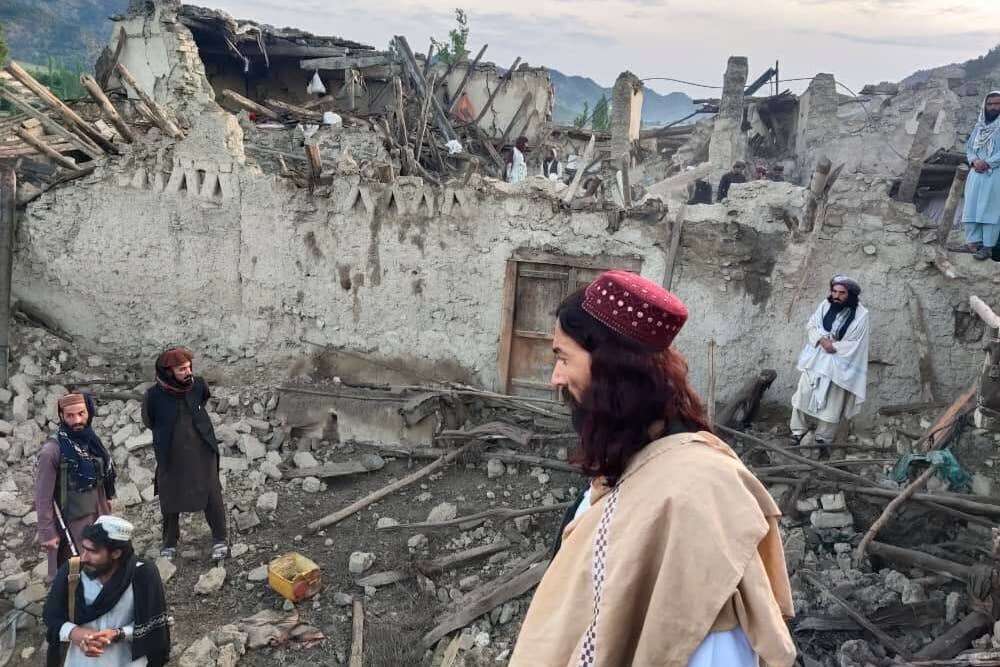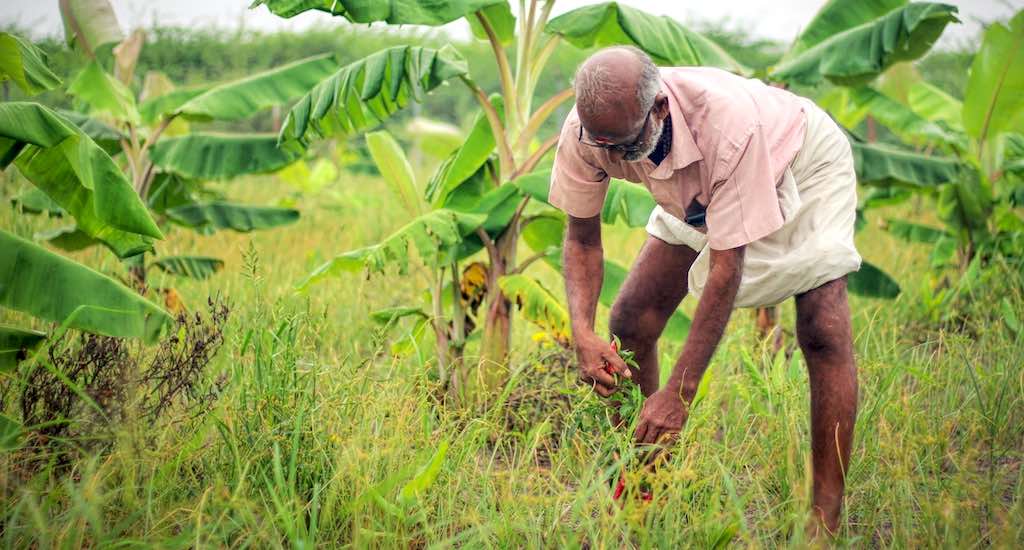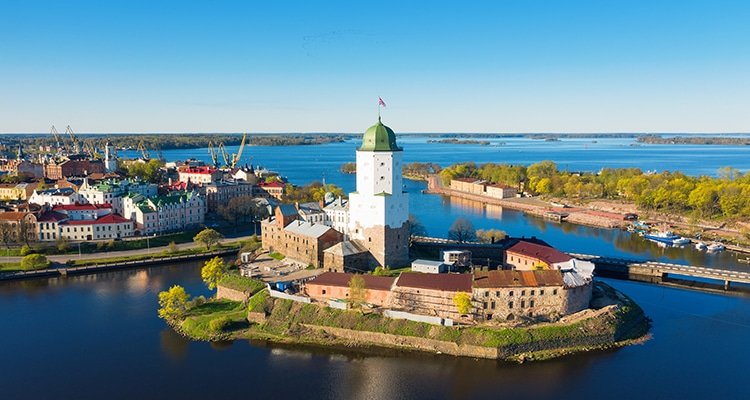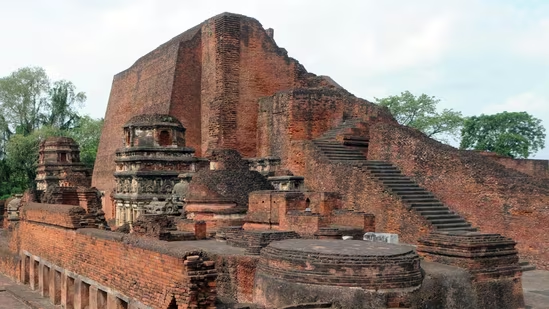Information remains scarce on the magnitude 6.1 earthquake that damaged buildings in Khost and Paktika provinces
KABUL: Afghanistan’s state-run news agency says the toll in an earthquake in the country’s east has gone up to 1,000 people with over 1,500 others injured. The latest figures came from the Bakhtar News Agency as officials tried to help those affected by the Wednesday, June 22, temblor.
Rescue efforts are likely to be complicated and bogged down since many international aid agencies left Afghanistan after the Taliban takeover of the country last year and the withdrawal of the U.S. military from the longest war in its history.
A powerful earthquake struck a rural, mountainous region of eastern Afghanistan early on Wednesday, killing at least 920 people and injuring hundreds more in the deadliest temblor in two decades, authorities said. Officials warned that the already grim toll would likely rise.
Information remained scarce on the magnitude 6.1 temblor near the Pakistani border, but quakes of that strength can cause severe damage in an area where homes and other buildings are poorly constructed and landslides are common.
In most places worldwide, an earthquake of this magnitude wouldn’t inflict such extensive devastation, said Robert Sanders, a seismologist with the U.S. Geological Survey. But a quake’s death toll more often comes down to geography, building quality and population density.
“Because of the mountainous area, there are rockslides and landslides that we won’t know about until later reporting. Older buildings are likely to crumble and fail,” he said.
“Due to how condensed the area is in that part of the world, we’ve seen in the past similar earthquakes deal significant damage.”
Earlier, the director-general of state-run Bakhtar news agency, Abdul Wahid Rayan, wrote on Twitter that 90 houses have been destroyed in Paktika and dozens of people are believed trapped under the rubble.
The Afghan Red Crescent Society had sent some 4,000 blankets, 800 tents and 800 kitchen kits to the affected area, he added.
The disaster posed a major test for the Taliban-led government, which seized power last year as the U.S. planned to pull out from the country and end its longest war, two decades after toppling the same insurgents in the wake of the 9/11 attacks.
Rescuers rushed to the area by helicopter Wednesday, but the response is likely to be complicated since many international aid agencies left Afghanistan after the Taliban takeover.
“Because of the mountainous area, there are rockslides and landslides that we won’t know about until later reporting. Older buildings are likely to crumble and fail,” he said.
Neighbouring Pakistan’s Meteorological Department said the quake’s epicentre was in Afghanistan’s Paktika province, some 50 kilometers southwest of the city of Khost.
Buildings were also damaged in Khost province, and tremors were felt as far away as the Pakistani capital of Islamabad.
Footage from Paktika showed men carrying people in blankets to waiting helicopters. Others were treated on the ground.
One resident could be seen receiving IV fluids while sitting in a plastic chair outside the rubble of his home and still more were sprawled on gurneys. Some images showed residents picking through clay bricks and other rubble from destroyed stone houses, some of whose roofs or walls had caved in.
The death toll, given by Afghan emergency official Sharafuddin Muslim, made it the deadliest quake since 2002, when a 6.1 magnitude temblor killed about 1,000 people in northern Afghanistan immediately after the U.S.-led invasion overthrew the Taliban government.
In Kabul, Prime Minister Mohammad Hassan Akhund convened an emergency meeting at the presidential palace to coordinate the relief effort, and Bilal Karimi, a deputy spokesman for the Taliban government, wrote on Twitter to urge aid agencies to send teams to the area.
The “response is on its way,” the U.N. resident coordinator in Afghanistan, Ramiz Alakbarov, wrote on Twitter.
That may prove difficult given the situation landlocked Afghanistan finds itself in today. After the Taliban swept across the country in 2021, the U.S. military and its allies fell back to Kabul’s Hamid Karzai International Airport and later withdrew completely. Many international humanitarian organizations followed suit because of concerns about security and the Taliban’s poor human rights record.
The European seismological agency, EMSC, said the earthquake’s tremors were felt over 500 kilometers by 119 million people across Afghanistan, Pakistan and India.
Mountainous Afghanistan and the larger region of South Asia along the Hindu Kush mountains has long been vulnerable to devastating earthquakes.
In 2015, a major earthquake that struck the country’s northeast killed over 200 people in Afghanistan and neighbouring northern Pakistan.
In 1998, a 6.1 magnitude earthquake and subsequent tremors in Afghanistan’s remote northeast killed at least 4,500 people.
******************************************************
Readers
These are extraordinary times. All of us have to rely on high-impact, trustworthy journalism. And this is especially true of the Indian Diaspora. Members of the Indian community overseas cannot be fed with inaccurate news.
Pravasi Samwad is a venture that has no shareholders. It is the result of an impassioned initiative of a handful of Indian journalists spread around the world. We have taken the small step forward with the pledge to provide news with accuracy, free from political and commercial influence. Our aim is to keep you, our readers, informed about developments at ‘home’ and across the world that affect you.
Please help us to keep our journalism independent and free.
In these difficult times, to run a news website requires finances. While every contribution, big or small, will makes a difference, we request our readers to put us in touch with advertisers worldwide. It will be a great help.
For more information: pravasisamwad00@gmail.com











